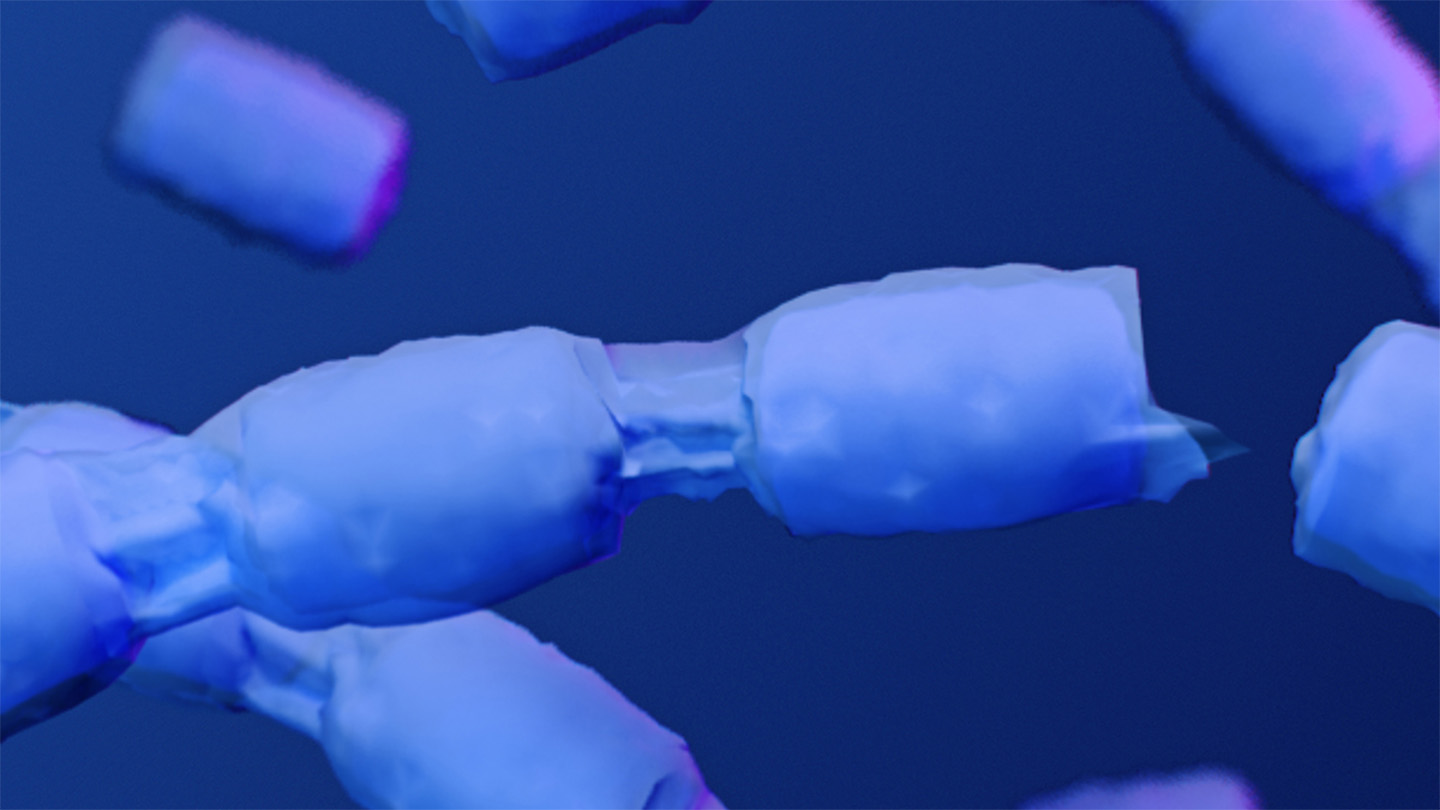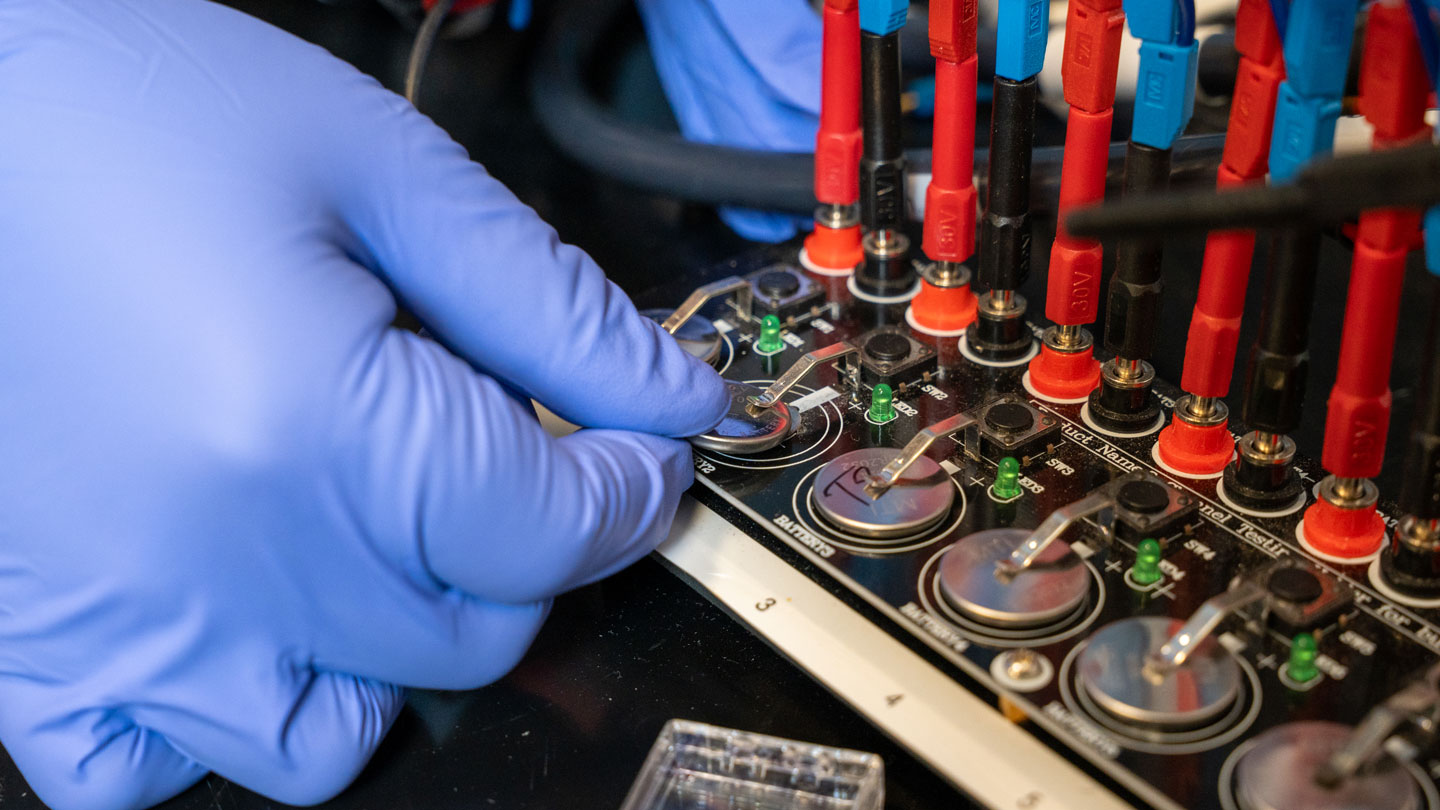
Black holes about the size of a hydrogen atom could be careening through the solar system unnoticed. But their days of stealth may be numbered.
Two teams of researchers propose methods to search for these tiny, hypothetical objects, which would have the mass of an asteroid. Because they would have formed in the universe’s infancy, they are known as primordial black holes.
If they exist, primordial black holes in this mass range could explain some or all of the universe’s dark matter (SN: 8/7/16). That unknown invisible source of mass exerts gravitational influence on galaxies and, perplexingly, seems to outweigh normal matter by about 6 to 1. Extensive searches for subatomic particles that could explain dark matter have come up empty, putting new focus on primordial black holes (SN: 8/26/24).
Black holes typically form when a dying star collapses, resulting in a black hole with at least several times the mass of the sun. Some scientists think smaller black holes might have formed in the early universe, perhaps from quantum fluctuations that caused portions of space to collapse directly.
When such a primordial black hole passes close to a planet, it could produce noticeable effects despite its tiny size, researchers report September 17 in Physical Review D. “The incredibly strong gravitational pull of this primordial black hole will have the effect of making Mars wobble in its orbit around the sun,” says cosmologist Sarah Geller, a National Science Foundation fellow based at the University of California, Santa Cruz. In the future, Geller and colleagues plan to partner with researchers who are skilled in doing detailed simulations of the solar system to dig through the data for wobbles.
Likewise, a primordial black hole flyby could jostle GPS satellites and similar satellite networks, cosmologist Sébastien Clesse and colleagues report September 16 in the same journal. If a primordial black hole with the mass of an asteroid buzzed Earth within thousands or hundreds of thousands of kilometers, satellites could change altitude by a small but detectable amount. “That’s very exciting to know that we have some probes that could be used to really detect baby black holes in the solar system,” says Clesse, of Université Libre de Bruxelles in Belgium.
Asteroid-mass primordial black holes might whiz through the inner solar system just once a decade. Luckily, scientists have decades of data on satellites’ trajectories. The same goes for Mars’ orbit, thanks to rovers and satellites around the planet.
Compared with the planetary wobble technique, the satellite search would be sensitive to primordial black holes of smaller masses. “It is very complimentary,” says astrophysicist and metrologist Bruno Bertrand of the Royal Observatory of Belgium in Uccle, who coauthored the satellite paper.
Run-of-the-mill asteroids could mimic the signature of the primordial black holes. But the black holes would have speeds of about 200 kilometers per second and come from outside the solar system. That’s rare for space rocks (SN: 9/12/19). “We have never seen an object pass through the solar system that would have the characteristics we would associate with a black hole transit,” says physicist Ben Lehmann of MIT, a coauthor of the paper on the planetary method. To clinch the case, though, ideally scientists would detect a wobble in real time and check for any space rocks that could explain it.
Other effects that could tweak planetary orbits would also need to be accounted for, such as the solar wind of charged particles that streams out from the sun, says astrophysicist Andreas Burkert of Ludwig-Maximilians-Universität München in Germany, who was not involved with the two studies. And the satellite technique could be especially challenging, he says, arguing that a primordial black hole passing close enough to Earth to detect could be an extremely rare event. So, at the moment, Burkert says, “I don’t think it’s realistic.” But “I’m optimistic that it might be possible at some point.”
[ad_2]
Source link





No comments! Be the first commenter?